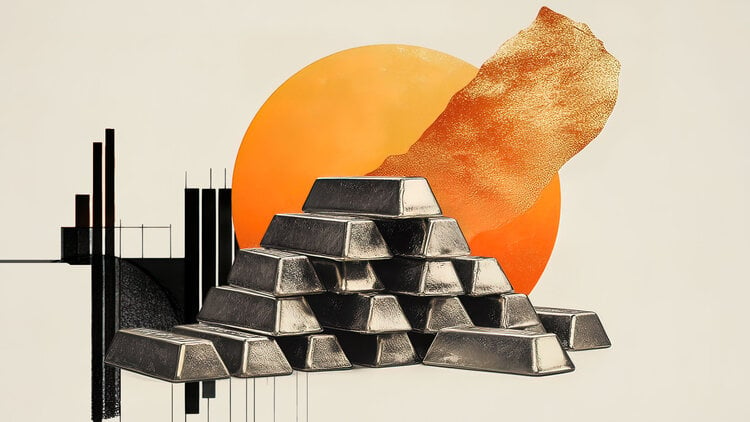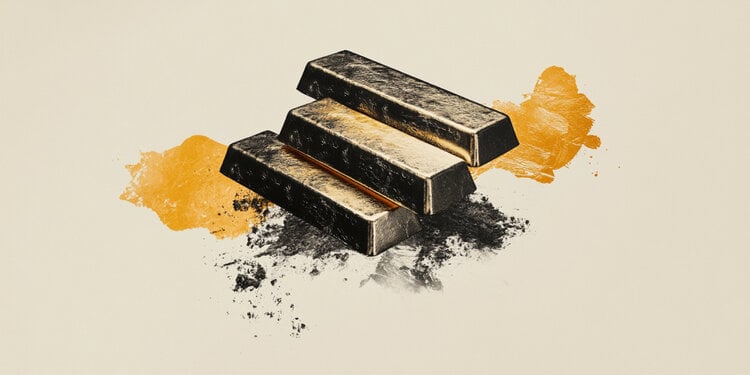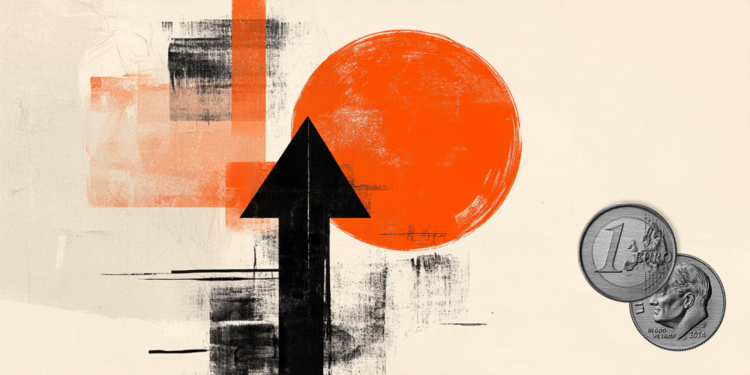Brazil lost 15% of its natural forests in 38 years. The data appears in a survey carried out by MapBiomas over the period between 1985 and 2022, based on the analysis of images obtained via satellite, released this Friday (20).
The area occupied by natural forests fell from 581.6 million hectares to 494.1 million hectares — therefore showing a drop of 15%.
The current area represents something slightly larger than the European Union, which has 423.3 million hectares. In 2022, the area covered by natural forests represents 58% of the country’s total area.
Of the 87.6 million hectares lost, almost 11% (around 9.6 million hectares) of them are from the period between 2018 and 2022.
According to MapBiomas, the Amazon and Caatinga are the biomes with the highest proportion of natural forests in 2022, at 78% and 54%, respectively.
Despite having the largest area, the Amazon was also one of the biomes that lost the most natural forests between 1985 and 2022, with 13% loss – around 50.4 million hectares. The Cerrado had the most significant drop in native forest area: 27%, that is, 29.1 million hectares.
Another point is that the Amazon also lost its floodable forests, such as forest areas along rivers and watercourses. Between 1985 and 2022, the loss was 430 thousand hectares.
In the Cerrado, it is worrying because a large part of the so-called “savanna formation” has been lost. The Brazilian biome is considered the savannah with the greatest biodiversity in the world.
Among the biomes, Pampa maintained its forest formation area stable throughout the comparison, for 38 years.
The research encompasses natural forests such as forest formations, savannas, flooded forests (such as the pantanal), mangroves and restinga.
Among the types of forests, around ⅔ correspond to forest formations – a formation that is typically found in the Amazon and the Atlantic Forest. These areas saw a reduction of 14% in 38 years – that is, 1.6 million hectares per year.
Mangroves, which are found along the entire Brazilian coast, remained stable, with around one million hectares registered in both periods.
According to the survey, almost 95% of the areas that were removed from natural forests were transferred to agriculture. In other words, according to the researchers, the reduction was made so that the area could be used for pastures or agricultural cultivation.
Deforestation occurred more frequently within private areas: around 86%. Protected areas — such as environmental reserves and indigenous lands — lost less than 1% of their forests, equivalent to around 2 million hectares.
State relations
According to the MapBiomas survey, the states that lost the most forest were Mato Grosso and Pará in this period of time.
While the total area of Mato Grosso covered by forests was 76% and fell to 53% – with the loss of 21.4 million hectares, that of Pará fell from 90% to 75%, with the loss of 18.4 million hectares. of hectares.
Although forest cover has decreased in most of the national territory, some states have increased, as is the case in Rio de Janeiro and São Paulo.
Among the 27 federation units, they were the only two that had a gain instead of a loss. Rio de Janeiro increased by 0.05 million hectares in 38 years while São Paulo increased by 0.03 million hectares.
Source: CNN Brasil
I’m James Harper, a highly experienced and accomplished news writer for World Stock Market. I have been writing in the Politics section of the website for over five years, providing readers with up-to-date and insightful information about current events in politics. My work is widely read and respected by many industry professionals as well as laymen.







